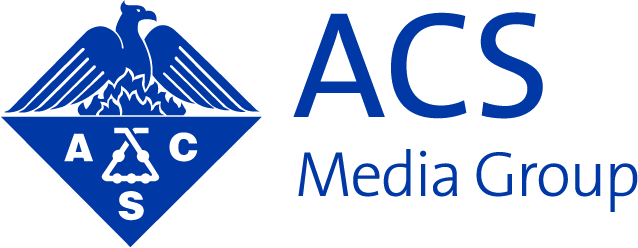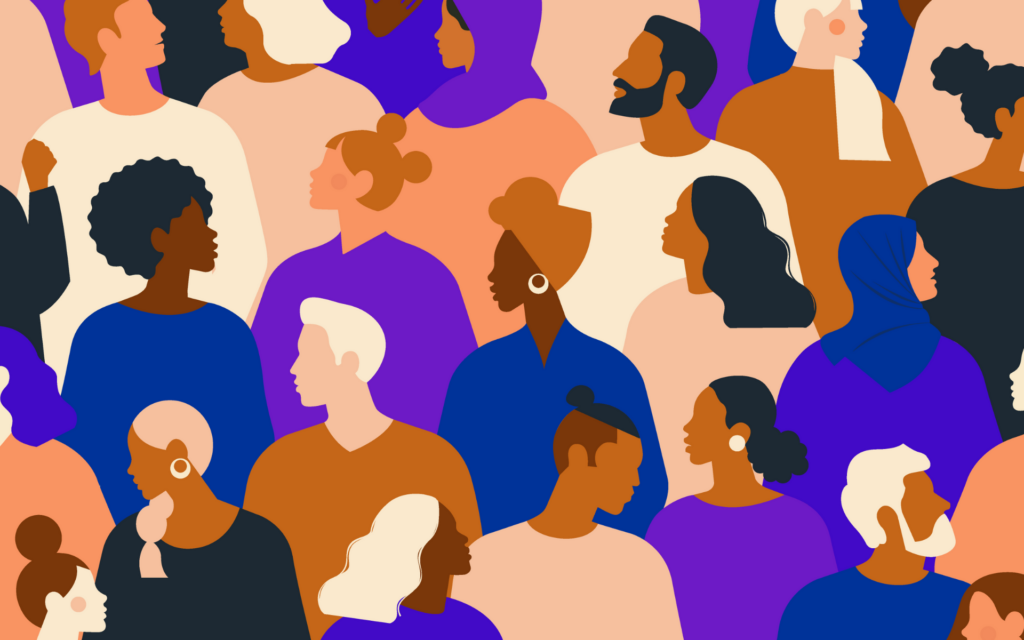Inclusive marketing means communicating in ways that recognize and respect diversity in all its forms. As science marketers, the language and visuals we choose can either foster connections and engagement or reinforce implicit biases and inadvertently alienate the people we’re trying to reach.

Inclusion isn’t just about doing the right thing; it’s about making sure your message reaches the people it’s meant for.”
– Rajendrani Mukhopadhyay, Senior Vice President of the Office of Inclusion and Belonging
“Inclusion isn’t just about doing the right thing; it’s about making sure your message reaches the people it’s meant for,” said Rajendrani Mukhopadhyay, senior vice president of the Office of Inclusion and Belonging at the American Chemical Society (ACS).
Racquel Jemison, assistant director of the Office of Inclusion and Belonging at ACS, echoed the sentiment. “My career in science has always been about marrying culture and people with STEM,” she explained. “In marketing, that means creating content where people see themselves, feel respected, and feel invited in.”
We sat down with Jemison and Mukhopadhyay to discuss practical strategies science marketers can use to embed inclusion into every component of their campaigns.
1. Inclusivity Starts with Editorial Planning
“Inclusion is something you should do from the get-go,” Mukhopadhyay emphasized. “You can’t just build content and expect people to come. You have to meet them where they are. And if you’ve done the lift early, you’ve already thought about who you’re trying to reach and how you want them to feel.”
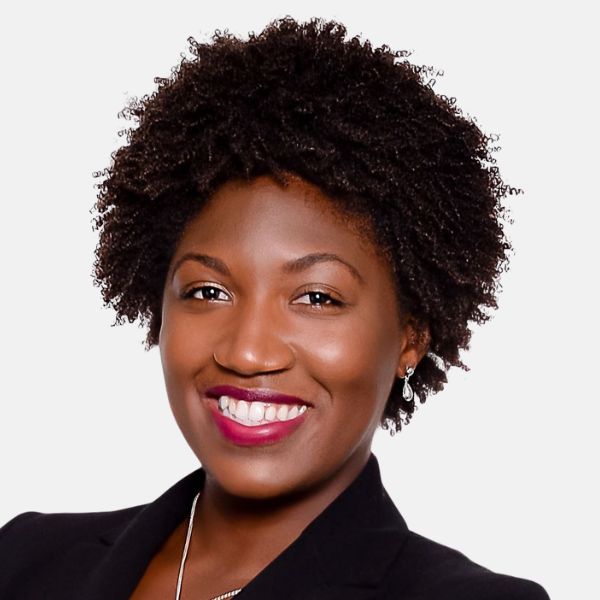
One in four adults in the United States has a disability, yet fewer than 3% of the workforce in STEM has a disability — that’s a huge discrepancy. Making our work more accessible simply means inviting in more people.”
– Racquel Jemison, Assistant Director of the Office of Inclusion and Belonging at ACS
Practically, Mukhopadhyay and Jemison recommended identifying inclusion goals at project conception, not during post-production, when it becomes an afterthought. That might mean capturing authentic imagery, defining accessibility requirements, or agreeing on inclusive language principles before a single asset is created. The goal is to lean into the real story of your brand.
“One in four adults in the United States has a disability, yet fewer than 3% of the workforce in STEM has a disability — that’s a huge discrepancy,” Jemison noted. “Making our work more accessible simply means inviting in more people.”
Takeaways for Marketers:
- Add inclusion to kickoff agendas. Start every project with a discussion of who you’re reaching and how you’ll ensure authenticity and representation.
- Create early review checkpoints. Build in time for inclusion specialists to review concepts before creative production begins.
2. Choose Images That Reflect Reality, Not Stereotypes
Using inaccurate images within a campaign can distract from your message and damage credibility before anyone reads the first word.

“The rainbow vials drive me nuts,” Jemison said. “They’re not representative of what most scientists actually do.” Mukhopadhyay agreed: “Chemists don’t walk around with bare hands holding up open vessels of blue liquid. Many chemists in some industry sectors actually wear hard hats and steel-toed boots.”
When developing an inclusive imagery strategy for a campaign, it’s important to represent diversity across many dimensions. Show scientists in realistic work settings and attire. Prioritize accurate safety precautions in the image as much as the representation elements as well.
Jemison recalled a photo shoot ACS conducted with a member in their own lab. “It wasn’t the hold-up-the-vial shot. It was real — writing reaction mechanisms in Sharpie on the hood, planning out experiments. That’s what resonates.”
Takeaways for Marketers:
- Source your own visuals. Host small, low-cost lab photo sessions with real scientists.
- Avoid performative diversity. Don’t fall into the “one-of-each” approach; instead, show authentic groups and settings.
- Test AI outputs carefully. While generative tools can be helpful, they’ve also been seen to reinforce stereotypes. Use them only with clear prompts and critical review.
3. Make Accessibility Part of Your Brand DNA
Accessible content expands reach and signals that everyone is welcome to engage with the asset you’ve created.
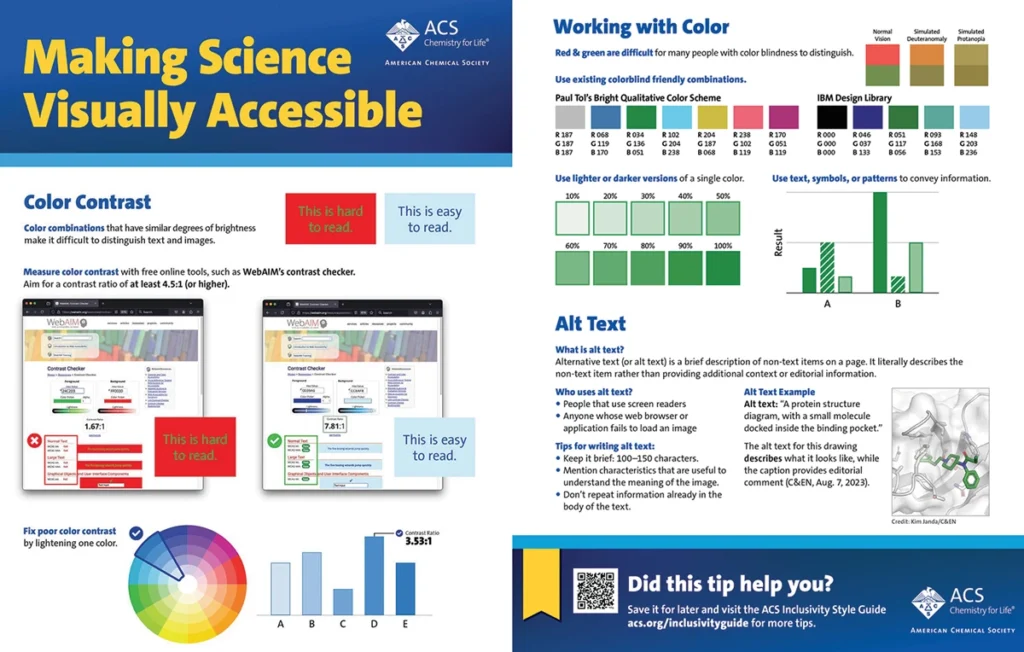
“You can instantly increase the number of people who can connect with you by making your work more accessible,” Jemison said. This could mean ensuring high-contrast color schemes, making PDFs screen-reader friendly, or providing captions and transcripts for videos.
Mukhopadhyay recalled a valuable lesson: “We were about to distribute a flyer when someone noticed that we had used yellow text on a white background. We made the change immediately, knowing that the original color scheme would have been unreadable for many people. Now, a pre-launch review by the whole team is part of our process.”
Jemison and Mukhopadhyay also discussed the importance of a documented guide, such as the ACS Inclusivity Style Guide, for others to reference. “I think about the Inclusivity Style Guide as an ongoing resource to help make decisions around communicating,” Jemison explained. “It’s not just in your word choice, but also in things like image selections and the formatting that you’re using to make sure that your work is accessible.”
Takeaways for Marketers:
- Run a color contrast check before publishing.
- Add alt text, captions, and audio descriptions to all media assets.
- Structure documents for assistive tech, ensuring reading order, tagged PDFs, and descriptive link text is present.
- Follow the Web Content Accessibility Guidelines for all digital content.
- Offer content in multiple formats, such as text, audio, and visual, to suit different access needs.
4. Use Inclusive Language
Language is powerful — and contextual.
“American English is full of sports metaphors,” Mukhopadhyay noted. “But if your audience is global, that language can confuse more than connect.” Jemison added the importance of thinking about the full context of the intended language. “Consider where the phrase originates from,” she explained. “Who is it intended to be marketed or communicated to?”
When determining which words and phrases to use in your content, avoid cultural idioms and jargon unless your audience explicitly uses and values that language.
Mukhopadhyay recounted a campaign with a partner who resisted the word “chemicals.” “For chemists, though, ‘chemicals’ is not a dirty word,” she noted. “It’s their livelihood. Context matters. Use the terms your audience uses.”
Takeaways for Marketers:
- Use gender-neutral greetings, such as “everyone,” “colleagues,” and “friends.”
- Remove cultural idioms unless they are universally understood by your audience.
- Adopt your audience’s vocabulary when it conveys respect and shared identity.
- Complete a sensitivity edit to catch unintended biases or problematic terms.
5. Build Systems, Not Just Statements
Statements of solidarity can ring hollow without action behind them.
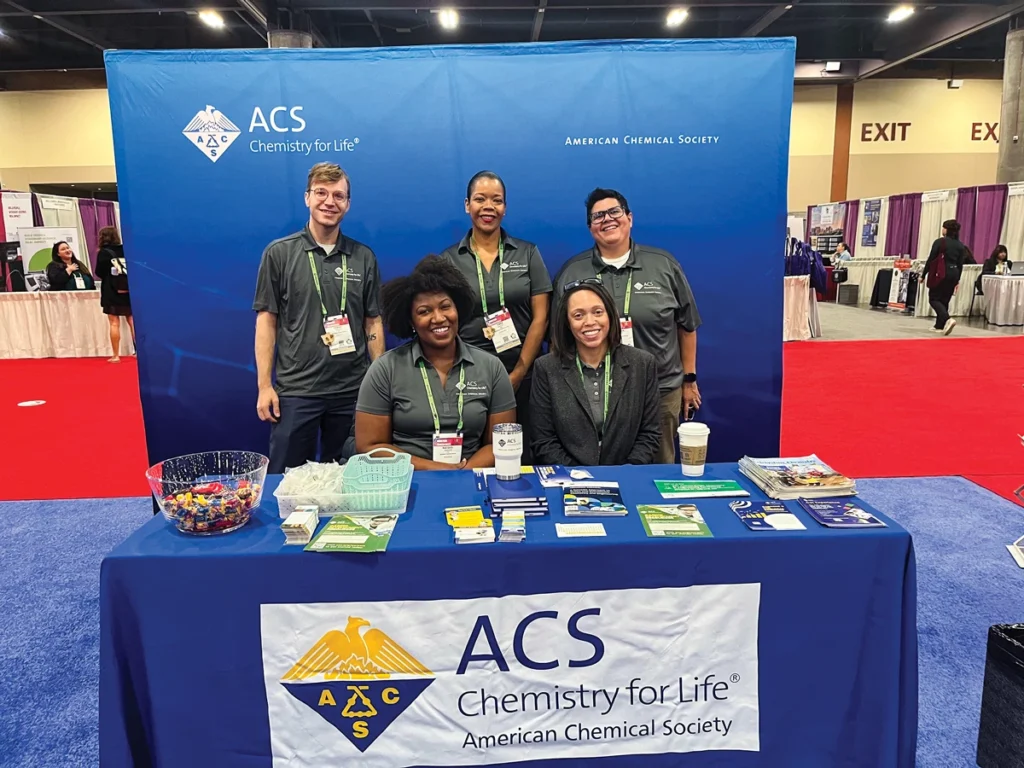
“At ACS, we have decades-long partnerships with organizations like NOBCChE and SACNAS,” Jemison said. “What’s evolved is that now cross-functional teams all work together to decide how we want to show up. It’s authentic, and it’s consistent.”
Mukhopadhyay underscored that inclusion needs to be built into workflows: “It’s the work that matters — making sure imagery, words, and representation are authentic because you’ve done the work ahead of time.”
Continuous improvement is a key piece of the process. Mukhopadhyay and Jemison recommended reviewing past campaigns, learning from feedback, and updating processes as needs evolve.
Takeaways for Marketers:
- Embed inclusivity checkpoints into project timelines for a consistent focus throughout the campaign.
- Conduct post-campaign reviews to capture lessons learned.
- Use an inclusivity guide to align the organization on key inclusivity principles.
- Maintain a shared values statement that guides marketing decisions during crises.
Micro Movements Lead to Macro Change
“Inclusion and belonging work isn’t hard,” Mukhopadhyay said. “It starts with an individual making the choice to do the right thing.”
“People assume that the work of inclusion has to be this huge sweeping change,” Jemison noted. “My best advice is to think about where your current state is, and take just one step more toward where you aspire to be.”
These incremental steps — choosing an authentic image, revising a phrase, or adding alt text — compound over time into an organizational brand that is authentically welcoming and inclusive. And in science marketing, genuine inclusivity is what can drive lasting audience trust.
